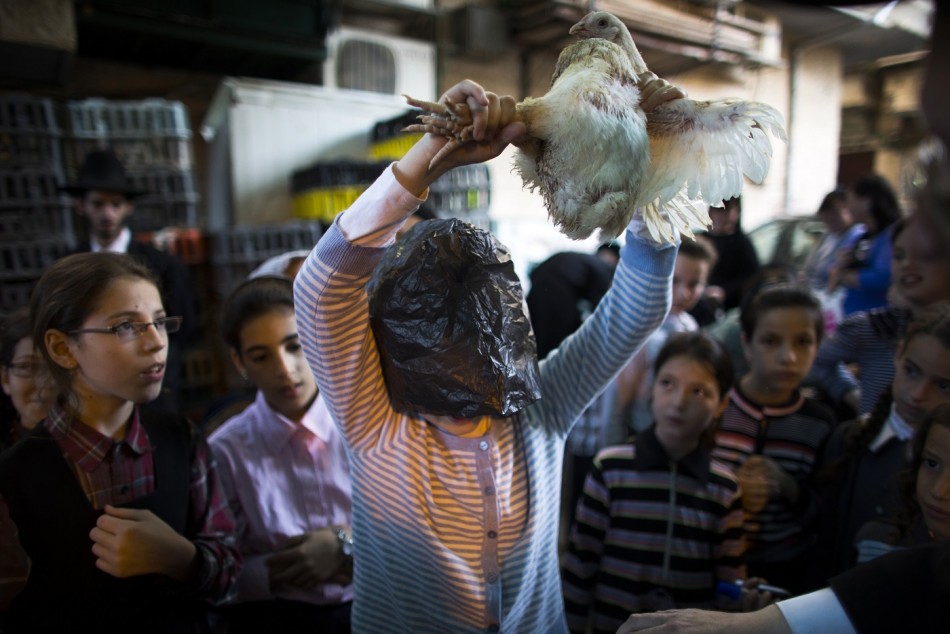Yom Kippur 2013: Jews Prepare to Celebrate Day of Atonement Around World [SLIDESHOW]









Millions of Jews across the globe are preparing to celebrate Yom Kippur, or Day of Atonement, the holiest day of the Jewish calendar.
From Friday evening through to Saturday night, members of the Jewish faith will spend their time fasting and praying.
It ends the 10-day period of contemplation that began with Rosh Hashanah, the Jewish new year holiday.
The 2013 Day of Atonement also marks the 40th anniversary of the 1973 Arab-Israel War, which Israelites call the Yom Kippur War when surprise attacks were launched against Israel by the Egyptian and Syrian armies.
The war resulted in heavy losses for Israel. It is considered one of the most traumatic events in Israeli history.
One Jewish ritual practiced ahead of Yom Kippur is kaparot, which takes place on the eve of the Day of Atonement.
A live chicken is swung around a person's head three times in a symbolic transference of their sins to the chicken. The bird is then slaughtered and donated to the poor before fasting begins.
Another ritual, tashlich, involves casting off sins from the past year by tossing pieces of bread into a body of water, preferably one containing fish.
During most Jewish holidays, there are four main prayer services, but in Yom Kippur there are five.
The final prayer service, Ne'ilah, is a final plea of repentance. At the end of the prayer, the shofar is blown.
READ:
Yom Kippur 2013: Six Facts to Explain the Jewish Holiday
© Copyright IBTimes 2025. All rights reserved.






















